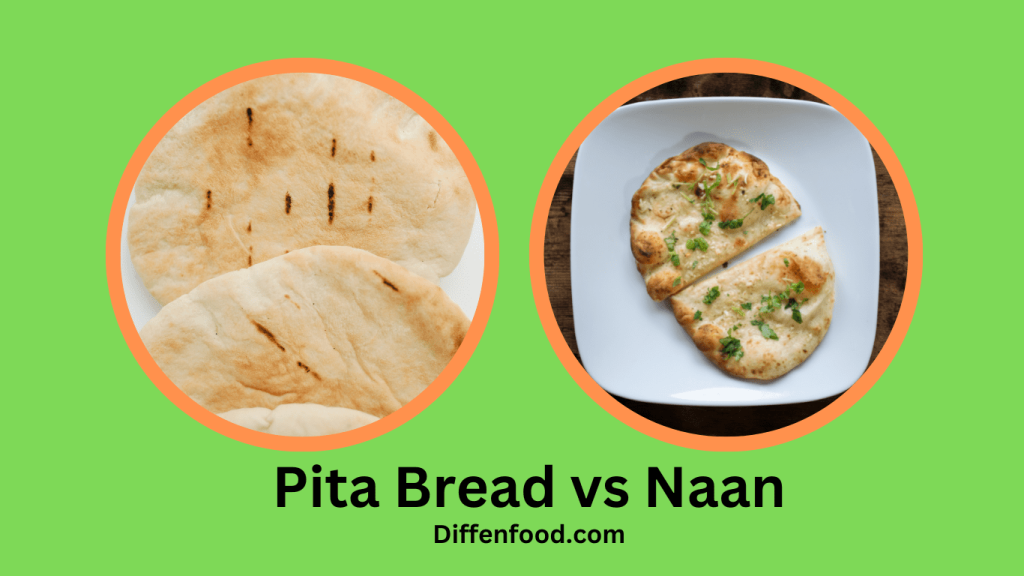
Bread is a staple food in many households worldwide. It is a versatile food that you can eat at any time of the day, whether it’s for breakfast, lunch, or dinner. With so many different types of bread available, it can be challenging to know which one is best for you. Two of the most popular types of bread are whole wheat and white bread. In this article, we’ll explore the differences between whole wheat and white bread to help you make an informed decision when choosing your bread.
Whole Wheat Bread
Whole wheat bread is made from whole wheat flour. It means that whole wheat bread contains all three parts of the wheat kernel: the bran, germ, and endosperm. The bran is the outer layer of the wheat kernel and is high in fiber, vitamins, and minerals. The germ is the inner part of the wheat kernel and is a good source of protein, vitamins, and minerals. The endosperm is the starchy part of the wheat kernel that provides energy.
White Bread
White bread is made from refined flour, which means it has been stripped of the bran and germ. This process removes many of the nutrients found in whole wheat flour, making white bread less nutritious than whole wheat bread. White bread is also lighter and fluffier than whole wheat bread, and it has a milder flavor.
Whole Wheat Vs White Bread: All the Differences Explained

Difference In Ingredients
Whole wheat bread is made from whole wheat flour, which is milled from the entire wheat kernel, including the bran, germ, and endosperm. In contrast, manufacturers make white bread from refined flour, which they strip of the bran and germ, leaving only the starchy endosperm.
Difference In Fiber Content
Whole wheat bread contains more fiber than white bread. The bran and germ contain most of the fiber in whole wheat bread, which is essential for digestive health. The fiber in whole wheat bread helps regulate digestion, prevent constipation, and reduce the risk of colon cancer. White bread, on the other hand, is low in fiber and can lead to constipation and other digestive problems.
Difference In Nutritional Value
Whole wheat bread is more nutritious than white bread. The bran and germ in whole wheat bread contain important vitamins and minerals such as B vitamins, vitamin E, iron, magnesium, and zinc. These nutrients play a vital role in maintaining good health. In contrast, manufacturers often enrich white bread with synthetic vitamins and minerals to compensate for the loss of nutrients during processing, as it has little nutritional value.
Difference In Glycemic Index
Whole wheat bread has a lower glycemic index than white bread. The glycemic index is a measure of how quickly a carbohydrate-containing food raises blood sugar levels. Foods with a high glycemic index can cause blood sugar levels to spike, leading to a crash in energy levels later on. Whole wheat bread has a lower glycemic index, which means it causes a slower and steadier rise in blood sugar levels, providing sustained energy throughout the day.
Difference In Taste and Texture
Whole wheat bread has a denser texture and a nuttier flavor than white bread. The bran and germ in whole wheat flour add a distinctive flavor and texture to the bread. In contrast, white bread is lighter and fluffier, and it has a milder flavor.
Which Is Better: Whole Wheat Vs White Bread

When it comes to choosing between whole wheat and white bread, it ultimately depends on your personal preferences and nutritional needs. Whole wheat bread is the superior choice if you’re seeking bread with a higher fiber and nutrient content. However, if you prefer bread with a lighter, milder taste, then white bread may be more suitable for your preferences.
If you’re concerned about the impact of carbohydrates on your blood sugar levels, then you may want to opt for whole wheat bread, which has a lower glycemic index than white bread. The glycemic index measures how quickly a carbohydrate-containing food raises blood sugar levels. Foods with a higher glycemic index, like white bread, can cause blood sugar levels to spike quickly.
Which is Friendly to Weight Loss
whole wheat bread is generally a better choice for weight loss than white bread. It’s higher in fiber, has a lower glycemic index, and is more nutritious, which can help promote fullness, prevent cravings, and support overall health and weight loss goals. However, it’s important to keep portion sizes in mind and make sure to consume bread as part of a balanced diet that includes a variety of healthy foods.
Conclusion
To sum up, the contrast between whole wheat and white bread lies in their nutritional value, taste, and texture. Whole wheat bread is denser, has a nuttier taste, and is richer in fiber, vitamins, and minerals compared to white bread. Meanwhile, white bread is lighter, has a milder flavor, and has less fiber and nutrients. When making a choice, it’s crucial to consider one’s personal preferences and nutritional requirements. Moreover, bread consumption should be moderate and part of a balanced diet regardless of the type.
FAQ
Whole wheat bread is generally considered healthier than white bread because it contains more fiber, vitamins, and minerals. However, it’s important to choose breads made from 100% whole wheat flour and to consume bread in moderation as part of a balanced diet.
Yes, whole wheat bread can be a helpful part of a weight loss diet because it is more filling and can help to regulate blood sugar levels.
Look for the word “whole” in the ingredients list, such as “whole wheat flour” or “whole grain flour.” Be wary of breads labeled “wheat” or “multigrain,” which may not be made with whole wheat flour.





